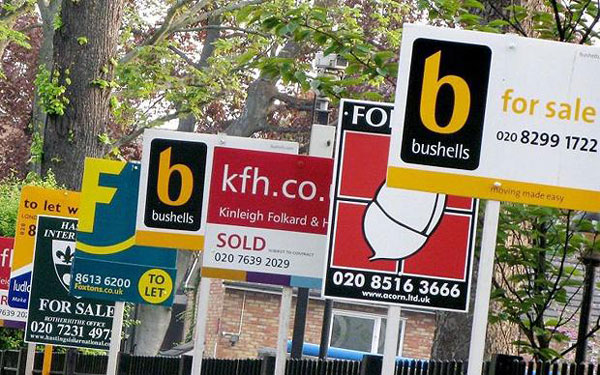Buy To Let
Low supply ‘keeping house prices stable’ – Nationwide

House price growth was broadly stable in July, according to Nationwide’s House Price Index.
There was a modest 0.3% month-on-month increase and annual house price growth of 2.9%, little changed from June, averaging £211,671.
Experts said reduced supply is keeping prices stable, adding that first-time buyer activity may filter to the rest of the market in time.
Robert Gardner, Nationwide’s chief economist, said this stability came despite apparent signs of cooling in the housing market.
“On the surface, this appears at odds with recent signs of cooling in the housing market. The number of housing transactions dipped to their lowest level for eight months in June, while in the same month the number of mortgages approved for house purchase moderated to a nine-month low of around 65,000.
“But a lack of homes on the market appears to be providing support, with annual house price growth remaining only just outside the 3-6% range that has been prevailing for most of the past two years.”
30-year low
Gardner said this pattern looks set to continue as survey data pointed to “relatively sluggish” levels of new buyer enquiries, and relatively few properties coming onto the market. Nationwide added that the market was close to a thirty-year low in the number of homes on estate agents’ books.
“Ultimately, housing market developments will depend on wider economic performance. The UK economy slowed noticeably in the first half of the year and there has been little to suggest a significant departure from recent trends in the quarters ahead,” said Gardner.
However, given constrained supply, he added that prices should rise by around 2% over 2017.
Jeremy Leaf, north London estate agent and a former RICS residential chairman, agreed the figures may look encouraging but are supported by a lack of property on the market.
“We would have expected transactions in particular to be higher compared with last year bearing in mind how much quieter the market was 12 months ago following the introduction of the stamp duty surcharge,” he said.
“On the plus side, activity could be much lower considering current political uncertainty and fortunately there does seem an enthusiasm among serious buyers and sellers to get on with the job in hand. The current climate is also providing an opportunity for first-time buyers at least to better compete for smaller properties.”
More first-time buyers
Brian Murphy, head of lending at Mortgage Advice Bureau (MAB), said consumer confidence in property remained robust and demand largely undented.
He said the reduction in landlords transacting had led to an opportunity for first-time buyers who would normally be competing for the same type of property with an investor.
“Now we’re seeing more first-time buyers getting on the ladder, which is great news as they underpin the rest of the market. It’s possible that this particular trend, which has been emerging since the beginning of this year, could ripple through to the rest of the market in months to come.”
Buyers are also benefitting from low rates and increased availability of 5% and 10% deposit mortgages, said Murphy.
“We are going into one of the traditionally more quiet times of the year with the UK housing market in good shape, potentially suggesting that the second half of 2017 could see the market remain at a stable trajectory,” he said.